China Cross-Border E-Commerce Market
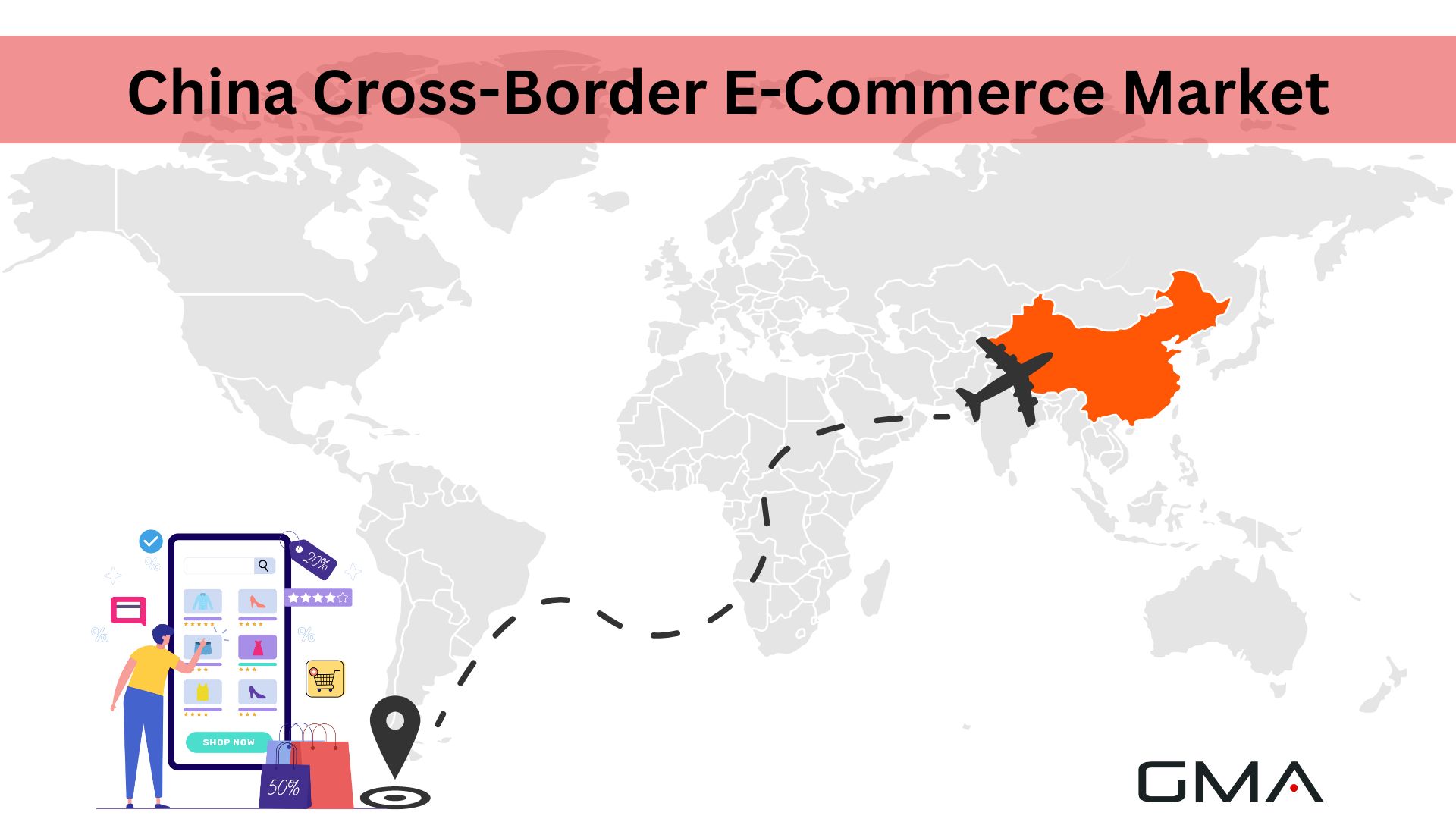
Navigating the immense expanse of China’s cross-border e-commerce market can certainly feel like tackling a towering mountain. And trust me, your feelings are perfectly valid! To say this marketplace is huge would barely cut it, especially when acknowledging that China’s cross-border e-commerce imports and exports escalated to an eye-popping $273 billion in 2022 – marking a remarkable 15% annual growth.
But worry not, because through this blog we’re going all-in to clear up any confusion – from mapping out the landscape, identifying major contenders in its arena, decoding export methodologies and costs to supplying you with invaluable tips on picking out just the right platform for your needs.
Cost-Effective Agency
KPI and Results focused. We are the most visible Marketing Agency for China. Not because of huge spending but because of our SMART Strategies. Let us help you with: E-Commerce, Search Engine Optimization, Advertising, Weibo, WeChat, WeChat Store & PR.
So are you excited about shifting gears into this seemingly infinite trillion-dollar vista? Well then buckle up – let’s navigate together!
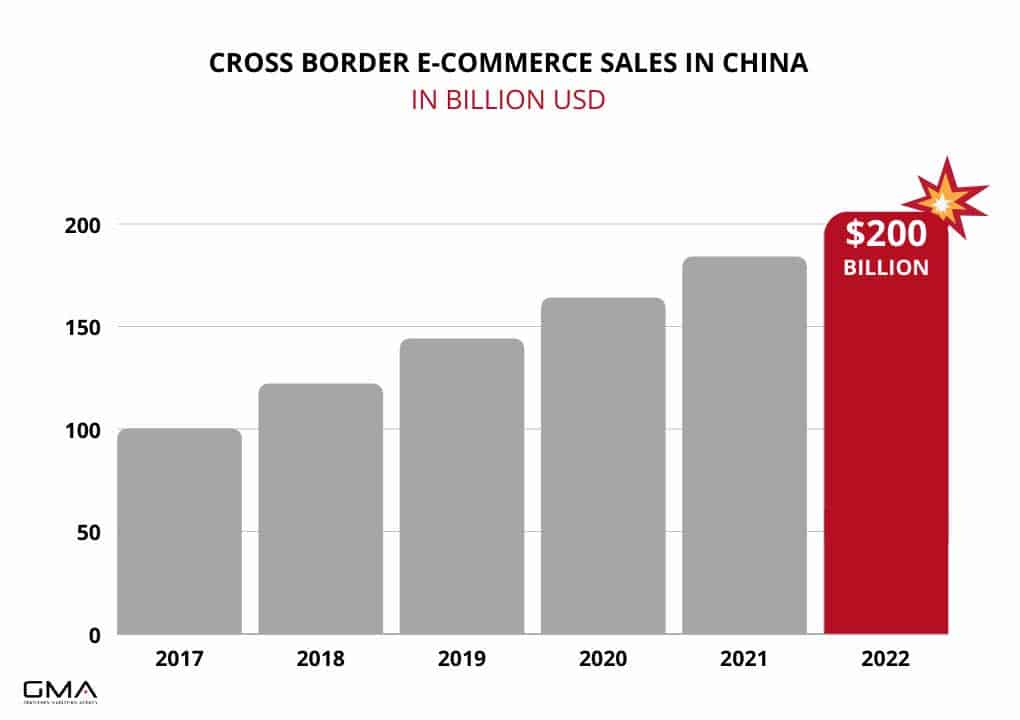
Key Takeaways
- The top e-commerce sites are TMall Global, Kaola, JD Worldwide, VIPShop, and Suning Global.
- The cost of doing e-commerce in China covers storage fees as well as taxes on goods like VAT and customs duties.
- Choosing the best platform for your products calls for lots of research about what Chinese buyers want.
Overview of China’s Cross-Border E-Commerce Market
Market Size and Growth
The cross-border ecommerce in China is booming. It made over $886.7 billion last year alone, a boost of 29%. Most of that comes from Chinese shoppers – they make up 68% of the total market! These are not small bits and pieces either; we’re talking about big bucks here, with global B2B sales close to nine trillion soon.
Even better news for us? The growth doesn’t stop there! By next year, we can expect retail sales to go beyond 3.6 trillion yuan – a massive rise by an average rate of 37% every single year!
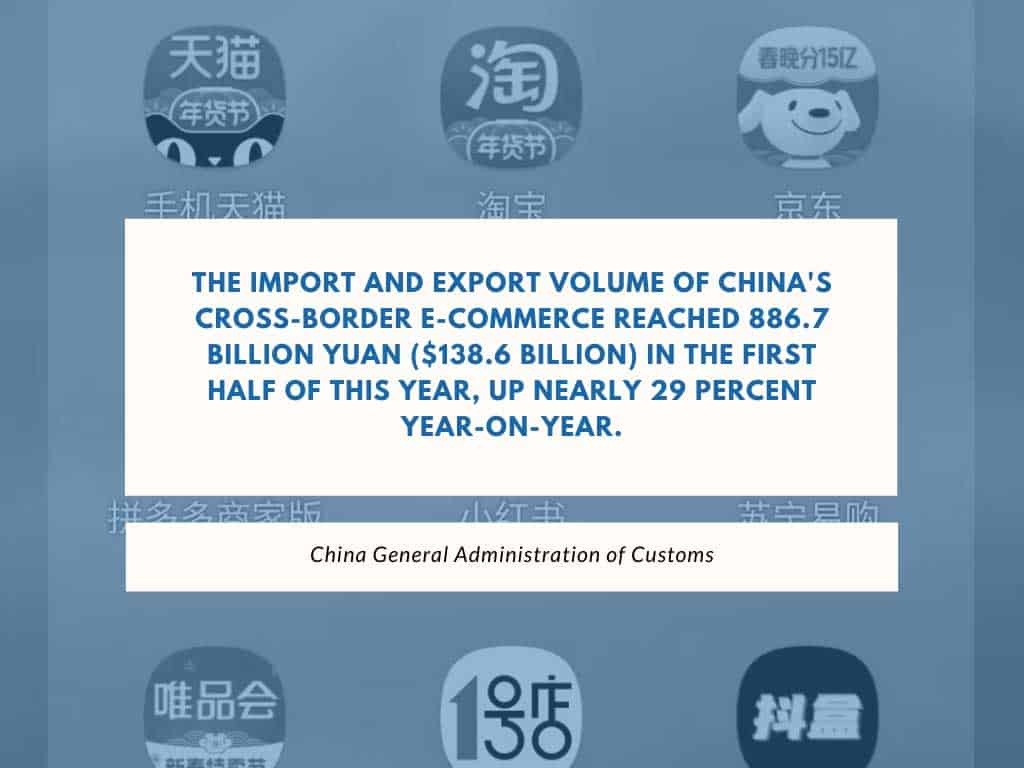
Major Players
Let’s take a look at the big hitters in the Chinese cross-border business.
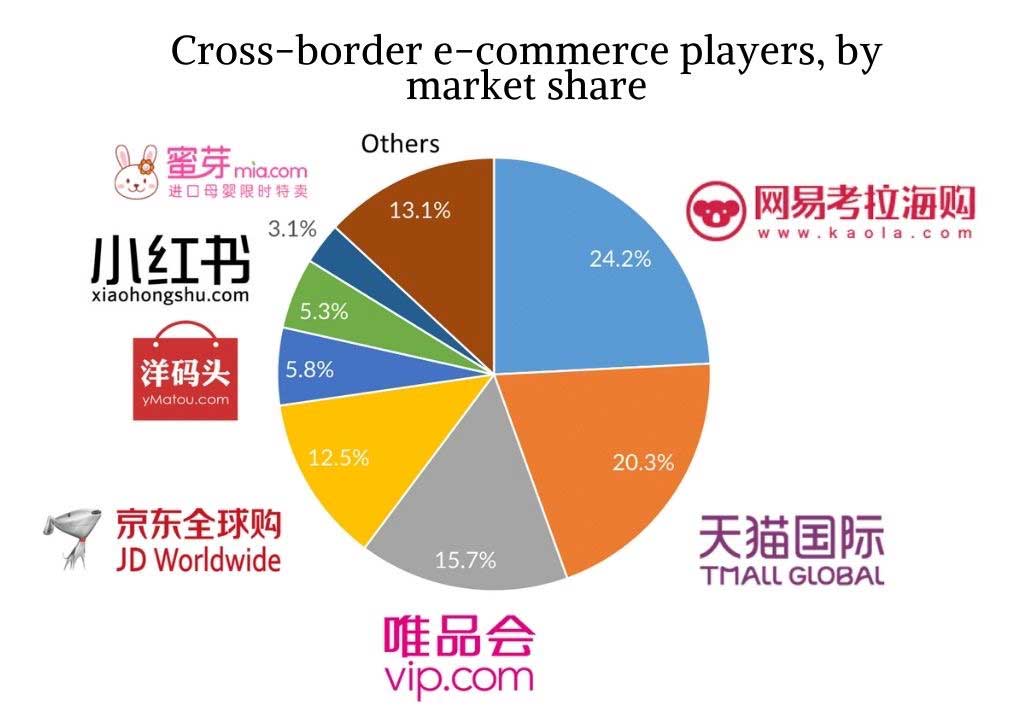
- TMall Global and Kaola rule the roost with the highest number of cross-border online shoppers. These top platforms draw the biggest crowds for online shopping.
- Next up is JD Worldwide, another popular stop for buyers around the world.
- Consumers also flock to VIPShop and Suning Global. Both offer a wide range of goods, capturing a significant share of overseas e-commerce markets and cross-border purchases, especially in the fashion and beauty industries.
- Don’t forget about Little Red Book! This platform has tapped into the 25-34-year-old age group, which loves to buy from all over the globe.
Popular Sectors for Chinese Cross-border E-commerce
Cross-border e-commerce is growing fast in China. Here are some popular sectors:
- Fashion and beauty: These items are in high demand from buyers.
- Health and wellness: Chinese shoppers buy a lot of these products across borders.
- Tech and gadgets: This sector is also making big sales.
- Home decor: People love buying new things for their homes.
- Kids’ items, like toys and clothes: Many parents shop for these goods online.
Process for Product Exports to China
Export Methods
I’m going to share how you can send products to China. This task is not as hard as it might sound!
- The first step is picking a method to ship your goods. Some of the common ones are direct shipping and bonded import products. You need to familiarize yourself with Chinese foreign trade rules.
- You need to list your products on an e-commerce website in China. This way, Chinese consumers can find and order their goods.
- Next, arrange for the product delivery logistics. You can do this with international carriers or local delivery partners.
- Importers and exporters registration is a must if you plan to ship food products across borders.
- Every country has trade policies that you must follow. For example, some items might have extra taxes or custom fees when they enter the Chinese market.
- It’s also good to know about the laws and rules for cross-border trade in China before you start.

Taxes and Customs Regulations
You have to know the tax rules when you sell goods online in China. It’s not just one fee. You pay a value-added tax (VAT), a consumption tax, and also customs duty. That happens every time you import or export products to that market.
The types of goods change what fees are too! For example, food items need to follow special steps for approval. Also, different procedures apply based on the delivery method – personal parcel or cross-border e-commerce process.
Learning these rules makes my business operate legally without any issues.
Transaction Methods
In selling products to China, using the right transaction method is key. Use the direct way of setting up a storefront on ecommerce platforms. This lets you tap into markets all across China.
It’s how U.S. firms like us get easy market access. The second way is through cross-border trade in pilot zones that make customs procedures smooth. Picking either method depends on what works best for your business and these choices make cross-border e-commerce a blend of challenges and opportunities.

Costs and Considerations for Cross-Border E-Commerce in China
Fees and Costs of Foreign Trade
Cross-border e-commerce in China involves many fees and expenses associated with foreign trade that you need to be aware of. These include custom duties, value-added tax (VAT), consumption tax, and other necessary costs. These can significantly impact your business’s overall profitability if not adequately managed. Arrange your budget accordingly and make sure to factor these fees into your pricing and cost estimates.
Let’s break down these costs in the following table:
| Fee Type | Description | Estimated Cost |
|---|---|---|
| Custom Duties | These are taxes levied by the Chinese government on imported goods in order to protect local industries. | Varies based on the type and value of the product |
| Value-Added Tax (VAT) | This is a type of indirect tax applied to the value added at each stage of production and distribution of goods and services. In China, this is typically 13% or 17% for most goods, with a reduced rate for certain items. | 13% – 17% of the product value |
| Consumption Tax | This is an excise tax that the Chinese government imposes on specific goods such as luxury items, harmful products like alcohol and cigarettes, and resource-intensive products. | Varies depending on the category of the product |
| Other necessary costs | These include costs for warehousing, logistics, product returns, advertising, and marketing, which are key to operating an e-commerce business. | Varies based on the scale and operation of the business |
Keep in mind, China’s cross-border e-commerce market is projected to reach a whopping 30.8133 trillion yuan by 2027. While the costs of conducting business in this booming market may seem high, the potential returns are also significant. Ensure to conduct a thorough cost-benefit analysis before you step into this massive e-commerce market.
Product Storage Costs
Selling goods in China takes planning. You need to think about many costs. One big one is product storage costs. It’s what you pay to keep your goods safe before they sell.
You may use a warehouse for storage. The fees add up the longer your stuff sits there unsold. Product loss or damage can also happen, and that’s more money gone. Be smart! Forecast the sales of items and manage stock well to avoid high expenses like these.
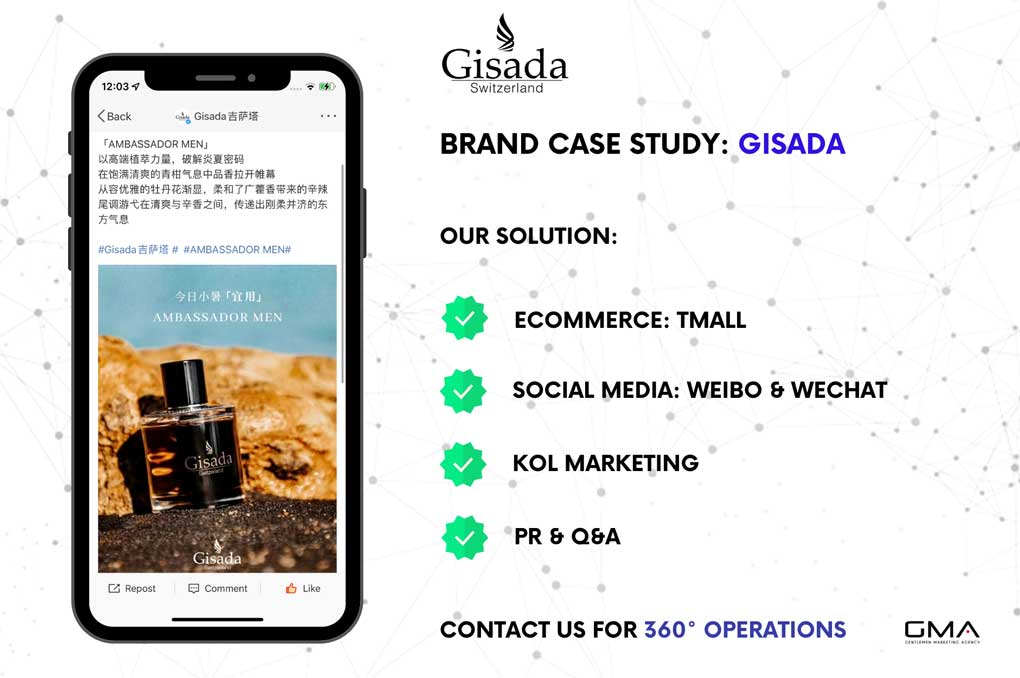
Need for a Local Partner
I’ve found that teaming up with a local partner in China is not an option, but a must. Navigating the Chinese market can be like walking in a maze without a map. It’s loaded with unique traps and tests you don’t see back home.
A local partner knows every twist and turn of this maze. They unlock valuable insights into the market, making sure we stand out from the crowd.
The right local partner also makes dealing with laws easy for us. I know, getting your goods through customs feels like going through needles! But partners expedite this process because they get how it works inside-out.
Plus, things often run more smoothly when local suppliers or makers are involved—our partners help us build key bonds here too.
Is marketing your game? If so, do remember someone who knows all about China’s buying habits and can support you in making your product shine brighter than ever before! And let’s not shrug off costs; yes partnering does mean parting ways with some cash depending upon the services needed by us but what awaits on the other side can outweigh these charges manifold!
Choosing the Right China Cross-Border eCommerce Platform
Deciding on the ideal platform in China’s cross-border eCommerce market involves considering factors like user base, service costs, and language support; platforms like Alibaba, JD.com, and Kaola are quite popular; and getting expert guidance from firms such as GMA can be very insightful.
Factors to Consider
I’m sharing key details you need when choosing a cross-border e-commerce platform in China. The factors that need your focus are:
- Platform Development: How advanced is the platform? This is key for smooth operations and sales.
- Competitive Edge: See how competitive the platform is in the e-commerce market. It affects its reach and popularity.
- Range of Goods: Ensure the Chinese consumer gets an array of goods on this platform. It boosts sales and demand.
- Access to China Market: An ideal platform helps foreign companies reach Chinese customers without being there physically.
- Planning and Research: Making it big in e-commerce in China calls for deep planning and research of market trends.
- Know Your Customers: Studies have shown that knowing your consumer’s likes and choices can lead to better sales.

Assistance from Experts Like GMA
GMA is your go-to team for all things related to the cross border e-commerce market in China. Our experts guide you through every step, making sure you pick the right platform. We know how tricky it can be with all those rules about shipping and paying! Don’t worry – we’re here to help clear up any confusion so you can focus on growing your business.
With our insights on trends in this area, we’ll make sure you stay ahead of the game too!
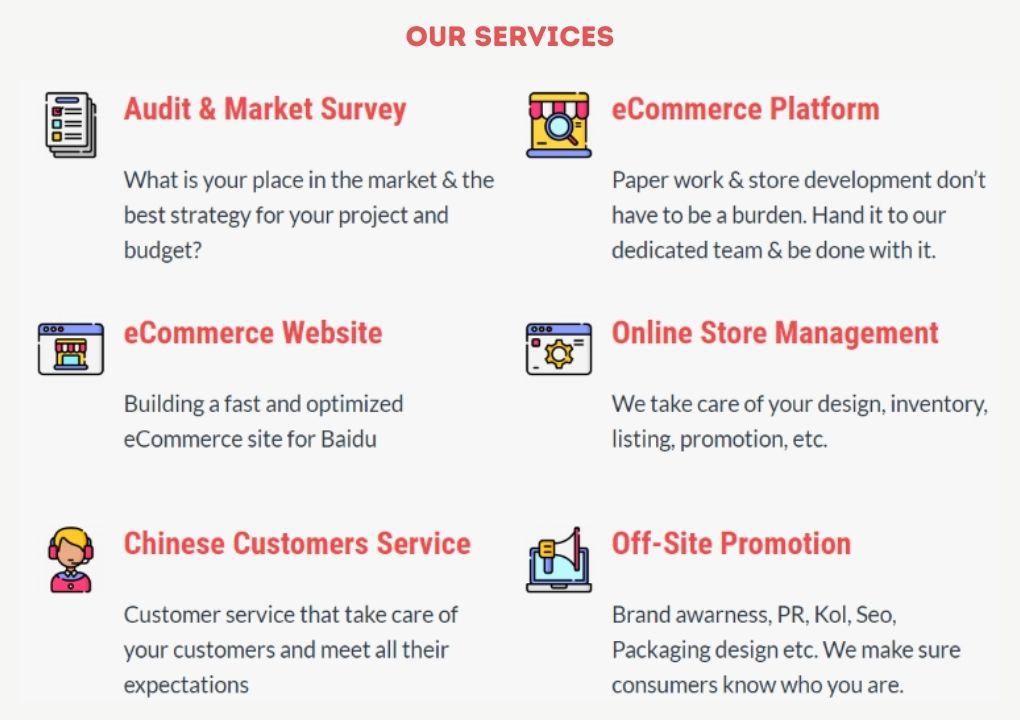
China cross-border e-commerce market is booming. There are chances to make money for everyone, from local and foreign firms alike. But you must know how it works to win in this fast, tough game.
Make sure you have the right tools and plans before diving in!

At GMA, we offer a range of cross-border e-commerce services to help your brand succeed in China:
- Platform selection
- Launch support
- Customer experience enhancement
- Streamlined logistics
- Improved customer service
- Chinese social media marketing
- Performance analysis and strategy planning
With over a decade of experience and a team of 60+ experts, we can build trust and awareness for your brand in China. Explore our 200+ case studies and contact us for more information. Success in mainland China starts with us!







